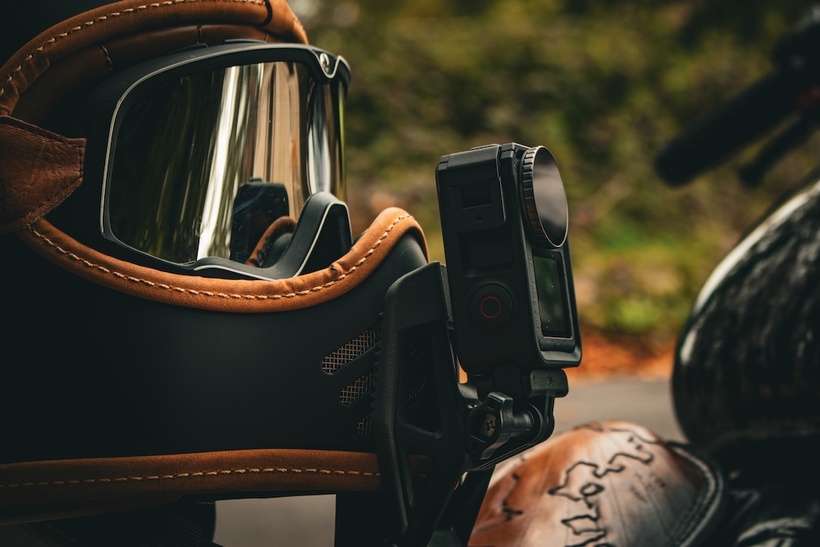Typical Motovlogger Equipment Setup

👍 Here’s the typical equipment setup most motovloggers use:
🎥 1. Camera – Learn more here
-
Action Cameras (GoPro, Insta360, DJI Osmo Action) are the most common because they’re small, durable, and designed for high-speed recording.
-
Mounting points:
-
Helmet chin mount (most popular – gives a natural rider’s-eye view).
-
Side mount (slightly off-angle look).
-
Chest or handlebar mount (alternative perspectives).
-
🎙️ 2. Microphone & Audio
-
A small lavalier mic is usually tucked inside the helmet (near the cheek pad or chin area).
-
Connected to the camera (often with an adapter) so the rider’s voice is clear despite wind noise.
-
Some riders use dead cats (windshields) or foam covers to reduce wind buffeting.
🎧 3. Communication Devices (Optional)
-
Bluetooth intercoms (Sena, Cardo) can be paired with the mic/camera to record conversations with other riders.
-
Useful for group rides or collaborations.
🔋 4. Power & Storage
-
Extra batteries or a power bank (with waterproof housing) for long rides.
-
Large-capacity microSD cards to avoid running out of storage mid-ride.
🛠️ 5. Editing Setup
-
Software like Adobe Premiere Pro, Final Cut, DaVinci Resolve, or even mobile editors (CapCut, LumaFusion).
-
Editing usually includes syncing audio, adding music, maps, or captions, and cutting down long rides to highlight the best parts.
✨ Extras
-
360 cameras (Insta360 X5, DJI OSMO 360) for immersive shots.
-
Drone footage for cinematic intros or travel vlogs. – learn more here
-
Secondary cameras on the bike itself (rear-facing, side view).
Learn More on Drones

